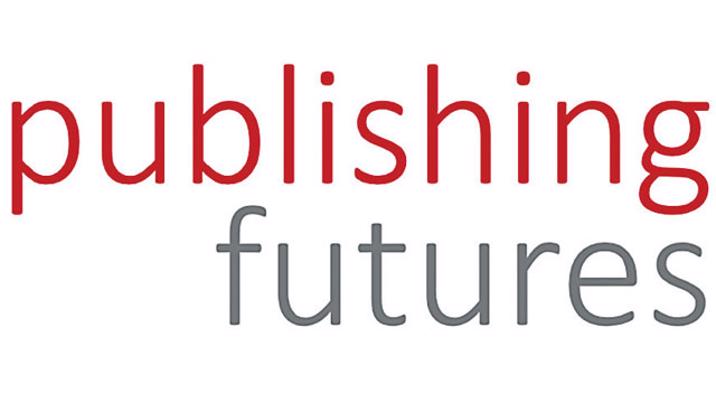
The Publishing Futures project is built around three core modules:
- Front-end revenues: where the money is coming from and how that revenue profile is changing.
- Back-end performance outputs: the key metrics are turnover growth, profitability, productivity and corporate confidence.
- In the middle is the organisation. This is where the magic of running a successful business actually happens… or not!
Two Key Inputs
The survey tracks headcount and marketing budgets. Headcount is being kept tight – too tight in some cases. Yet, although more marketing money is being spent, as the more progressive publishers build market position by investing in their brands, there are two major provisos. Firstly, this money and energy is being spread more thinly across more activities. Secondly, it can often be focused on new developments to the detriment of legacy activities, some of which need more care and attention than they are getting.
Three Change Metrics
Change needs to be mapped and tracked just as much as any other activity. The Publishing Futures project uses three key metrics: the scale of change now, how long the change process has been going on for and what the rate of projected change is predicted to be over the next twelve months. The overview is that:
- Whatever the press releases may say, change is simply not universally embraced or accepted.
- Many companies are coming to change relatively recently: sometimes far too late.
- There is a big distinction between real, structured, proactive change and reactive cost-cutting, which can ultimately be destructive if taken too far.
- The pace of change is accelerating.
Seven Change Assets
How well-equipped is the organisation to drive change and innovation? Here, the 99 benchmarking companies score themselves across seven key areas.
1. Company Vision: Is there a clear and well-articulated vision of the kind of company we need to be? By far the highest score, but this is the easy bit.
2. Company Culture: Is there an internal culture which encourages change and innovation? The scores start to dip.
3. Company Structure: Does the organisational structure encourage change and innovation? Scores slip again as the more practical the issues become.
4. Staff Headcount: Are there the required staff numbers to drive change? A big drop in scores, as this is the real cutting edge.
5. Staff Skills: Do our staff have the required knowledge, experience and skills to drive change? Comparable (low) scores to Staff Headcount.
6. Financial Resources: Do we have the required financial resources to drive change? This area shows a significant drop compared with the previous year’s survey – the only asset to do so. More companies are concerned that they do not have the cash and basic financial staying power to reshape the organisation.
7. IT Resources: Do we have the required IT resources and platforms in place to drive change? This remains the weakest area in most publishing companies, but the scores are slightly better than in the last survey. There is a feeling that the industry is getting to grips with this, but from a relatively low base.
Seventeen Action Plan Variables
The project then starts to dig into more granular detail, looking at critical areas of action for the next year or so. They fall into three broad categories:
1. Developing existing revenues: making what works now work better.
2. Business streamlining: controlling costs and improving processes.
3. Developing new revenues: diversifying the revenue streams.
The priority list that emerges varies significantly from company to company depending on where it is in the change process. There can also be major differences in perception within a company. It is not uncommon for leadership teams to believe that there is a logical and well-communicated plan, yet the tiers below them do not share that view: either because they disagree with the priority list itself or because the priorities have not been articulated coherently through the organisation. Another obvious dimension is that newer, younger and more junior recruits tend to want more change than the “permafrost” layer of middle management who are often very resistant to change even though they may not come out and say so.
So, what does all this mean? The Publishing Futures report has a full checklist of issues and questions for media companies facing change. Yet here are two key facts. Firstly, ripping out cost is not the same as a proactive change strategy: in fact, real change is very resource-hungry (in terms of money, headspace and energy) and requires real investment. Secondly, while change has to be driven from the top down, it is actioned from the bottom up: resolving that tension lies at the core of the organisational structures and staff skills required for the brave new world. And to create the magic of real, substantive and sustainable change.










